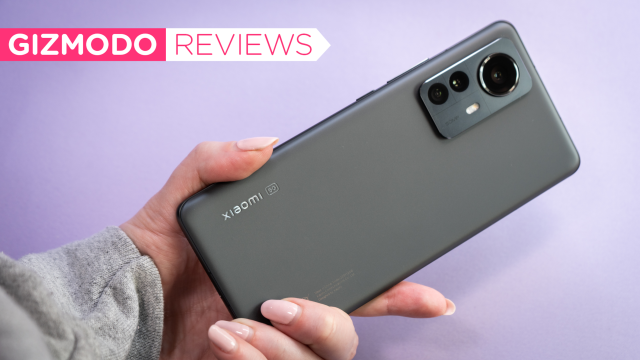Android has always been about offering choice to its users. But with more companies failing to produce a flagship worthy of dethroning Samsung and Google, the options feel like they’ve become more homogenous with each new smartphone release cycle.
Xiaomi is the third best-selling smartphone brand globally, but it’s not sold in the United States. Its devices tend to be well-reviewed, and in my time reviewing smartphones, I recall being impressed by Xiaomi’s camera samples more than once. That’s why I was curious to get my hands on the Xiaomi 12 Pro, the company’s latest flagship device, even if I can’t buy it. Xiaomi is considered China’s equivalent of Apple, and I want to know what I’m missing out on and what Google and Samsung aren’t competing against in the states.
Xiaomi phones aren’t available in the U.S. for a multitude of reasons. The simplified answer about why is that it’s complicated doing business between the U.S. and China. It’s still a major bummer for Android users like myself, who are mourning the lack of variety after the exits of former heavyweights like LG and HTC.
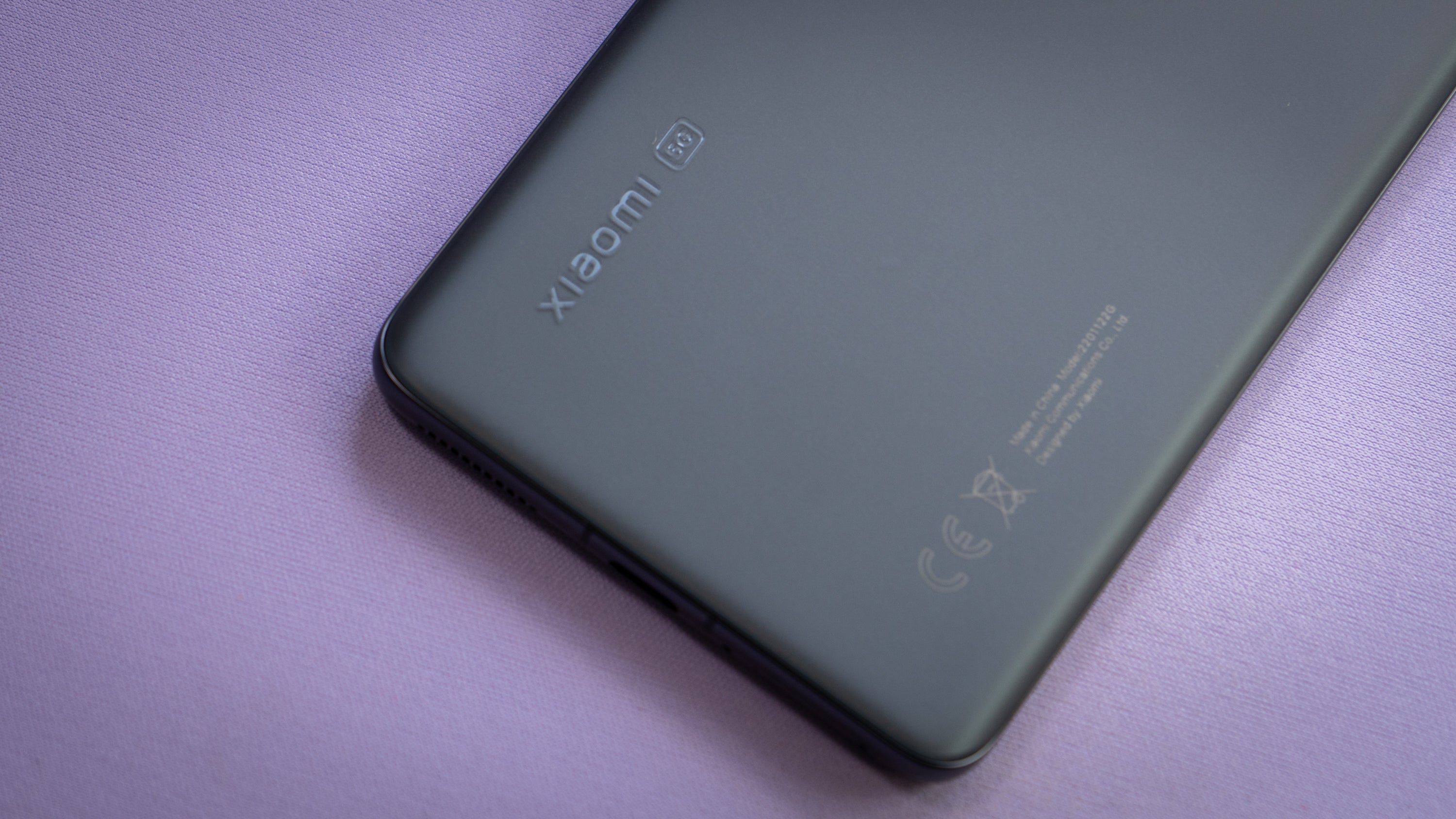
Xiaomi 12 Pro
What is it?
A nice Android smartphone
Price?
$US1000 ($1,388)
Like
Stunning display, long battery life, up to 12GB of RAM available
Dislike
MIUI has its quirks, no water resistance, not sold in the U.S.
A Well-Designed Device
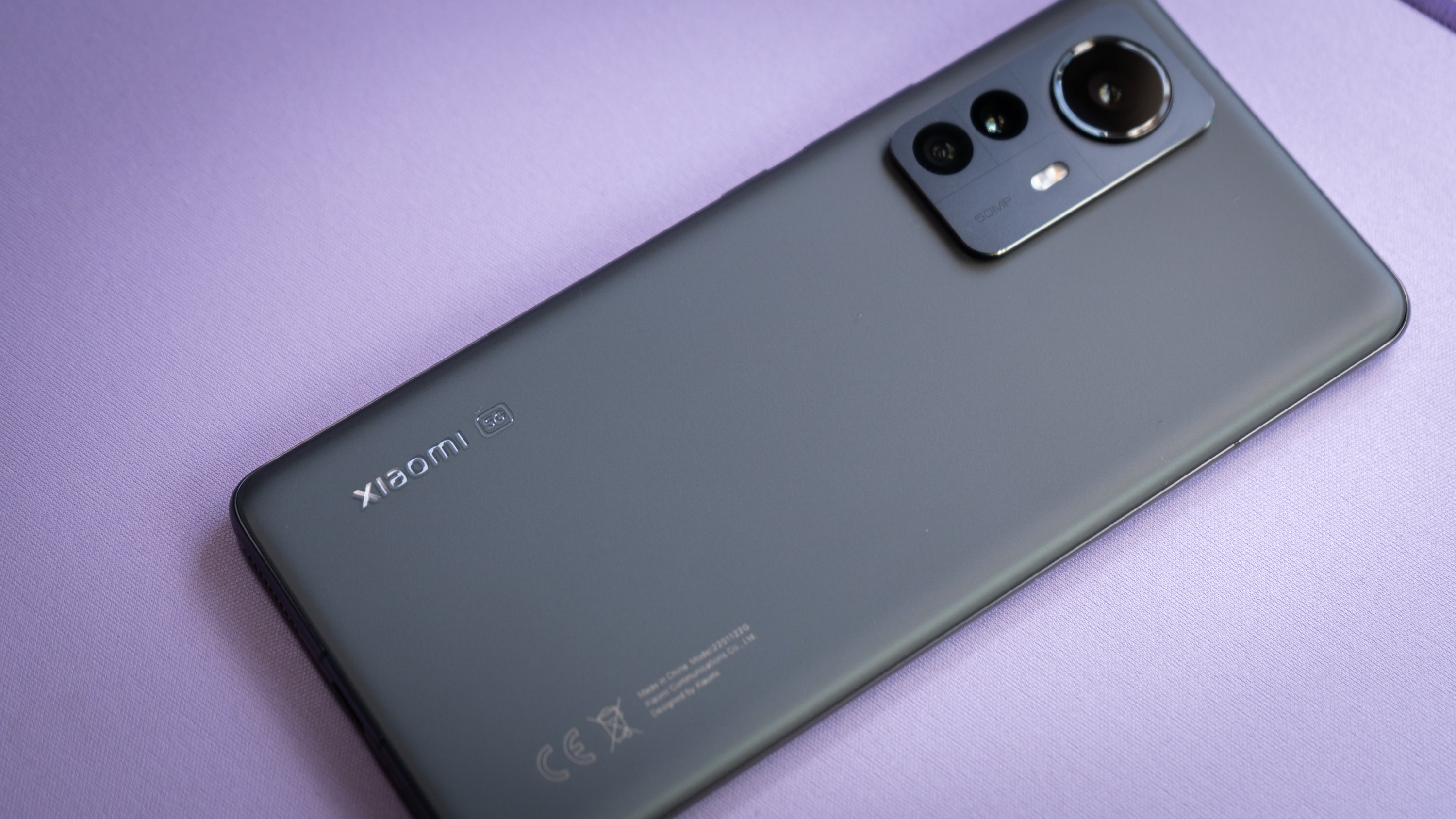
I spent several days with the Xiaomi 12 Pro — comparing it to my recent experience with the Google Pixel 6 Pro and Samsung Galaxy S22 Series — and I’m sincerely impressed with what it offers.
I’m not typically a big fan of a massive camera lens on the backside of a device, but the Xiaomi 12 Pro manages to pull it off without looking too busy — which is the way the Galaxy S22 Ultra’s camera array appears from afar. Its matte backside is smooth to the touch and doesn’t slip-and-slide around like the Pixel 6 family of smartphones. The 12 Pro comes in black and purple colour variants, and though I wish Xiaomi would have sent me the latter, I liked what I saw with the former.
The Xiaomi 12 Pro’s slim build feels thinner than Samsung’s Galaxy S22+, but it’s actually a bit bigger if you compare raw dimensions. It’s technically thicker, too, though the difference is too minor to quantify. Anyway, I prefer the naked Xiaomi 12 Pro to the undressed Galaxy S22+. The waterfall effect of the display down the sides makes the chassis seem easier to wield with the way my small hands cradle a smartphone.
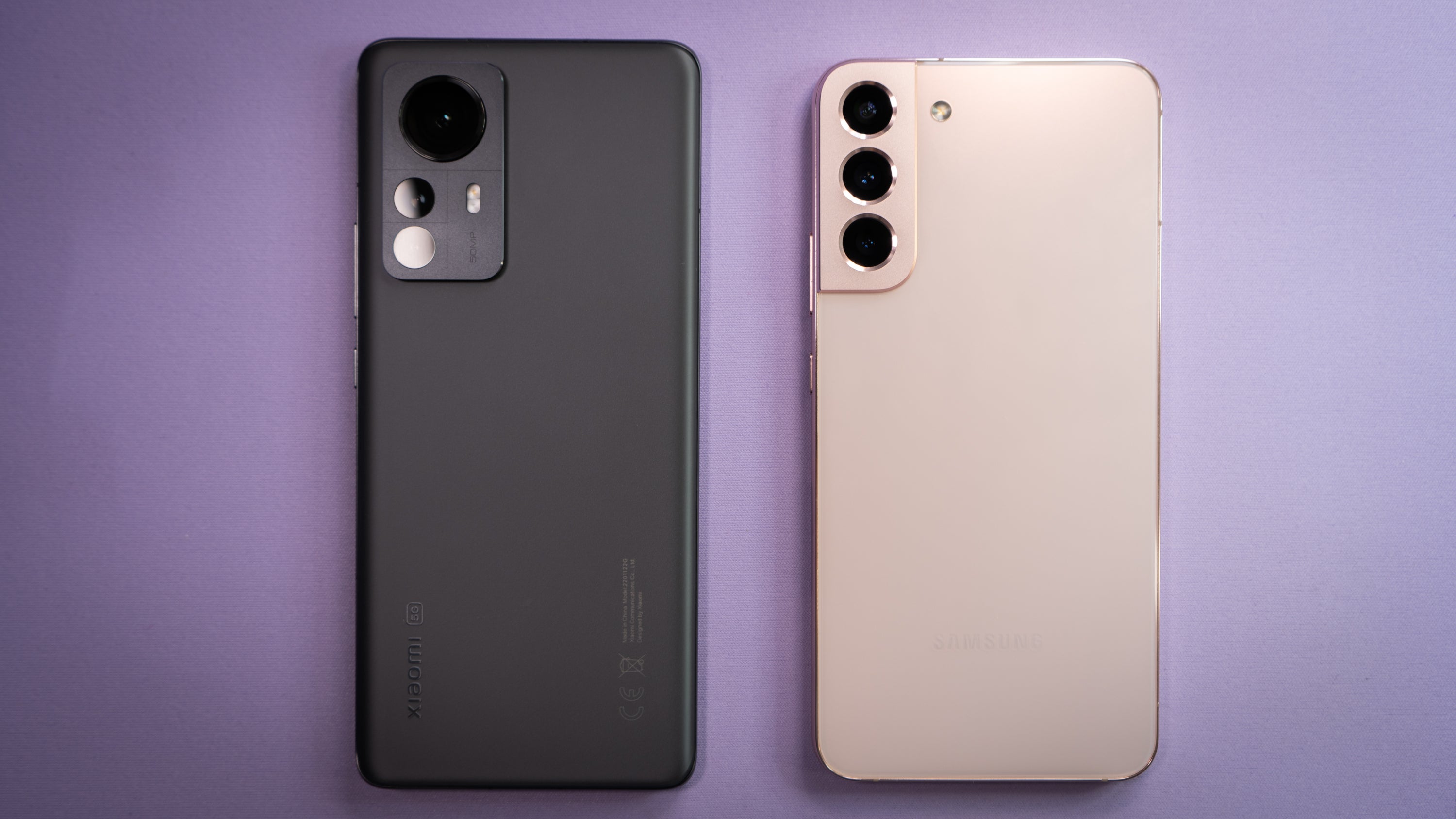
The Xiaomi 12 Pro’s screen is truly stunning. It’s a 6.73-inch AMOLED display with a 20:9 aspect ratio and a maximum resolution of 3200 by 1440. It displays at 2400 by 1080 resolution with a variable 120Hz refresh rate by default. I did not use the phone at the higher resolution because I didn’t want to kill battery life, and I didn’t particularly require that usage.
If you like to binge-watch on your smartphone, as I tend to do after hours under the covers, just me and my snacks, you’ll enjoy the Xiaomi 12 Pro’s quad speakers, powered by Harman Kardon — a relationship that harkens back to HTC’s glory days, sniff. The speakers are great for playing music, too, if a Bluetooth speaker isn’t within range.
There is one little caveat to note on the design. The Xiaomi 12 Pro isn’t water-resistant like the current crop of flagships, which is a bummer for anyone who likes to read in the bath (I do).
Smartphone With Nice Specs
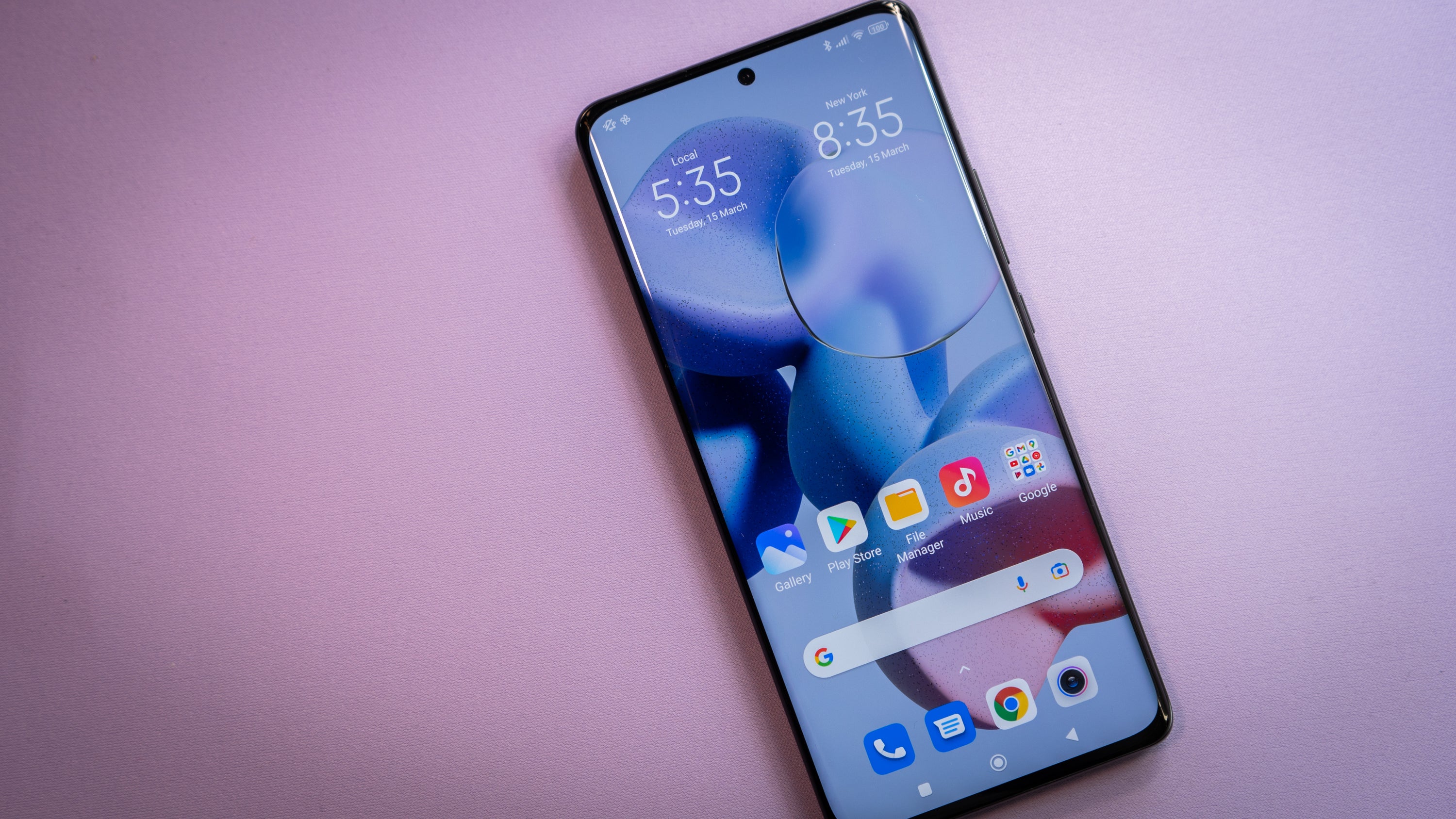
The Xiaomi 12 Pro offers specifications similar to that of Samsung’s latest. There’s a Snapdragon 8 Gen 1 processor on the inside, and you can choose between 8GB and 12GB of RAM — Xiaomi sent me the latter, coupled with 256GB of storage space. There is no higher storage option, which is curious considering there’s no expansion slot.
Synthetic benchmarks are not the most reliable way to measure processor performance in everyday use. Look at what’s happening to Samsung’s flagship now that it’s been caught throttling the numbers. But I ran Geekbench anyway, at least to see where the Xiaomi 12 Pro stands. It’s more powerful than Google’s Pixel 6 Tensor chip, but it still has some runway before it catches up to the iPhone 13’s A15 Bionic chip. As we’ve seen in the devices we’ve tested so far, that’s par for the course for this particular Snapdragon chip.
The Xiaomi 12 Pro’s battery capabilities are also pretty impressive. The phone’s 4,600 mAh battery managed to last as long as the Galaxy s22 Ultra’s 5,000 mAh. It stayed awake for about 16 hours and five minutes before it petered out during our YouTube battery-rundown test.
The Xiaomi 12 Pro offers access to all the major global 5G bands. The Xiaomi 12 Pro also supports Wi-Fi 6E Bluetooth 5.2. I tested the phone with a SIM card from Mint SIM, though I live where 5G is scarce, so I couldn’t test its efficacy. At the very least, if you do find a way to import the device, you can use it with a U.S.-based MVNO.
Impressive Cameras

The Xiaomi 12 Pro is stuffed with cameras. It has three 50-MP cameras, though they’re all slightly different in their apertures and field of view. The primary 50-MP camera has an f/1.9 aperture with 1.22µm pixels and OIS; the secondary 50-MP camera is a wide-angle lens with a 110-degree field of view and an f/2.2 aperture; the third 50-MP camera is a zoom lens with an f/1.9 aperture and 2x optical zoom. Like Samsung’s camera system, you can switch into a full 50-MP mode when you want to take advantage of all those pixels.
I wasn’t expecting to enjoy the Xiaomi 12 Pro’s camera output, but I was impressed by how it captured my daughter in all kinds of lighting. In most cases, photos were well exposed throughout the entire frame, though the 12 Pro sometimes struggled to keep up with her if she moved too fast. The 12 Pro camera system works best if you lock in on your subject beforehand. I also wasn’t too keen on the 12 Pro’s zoom functionality, considering I could barely read the text on a medicine bottle from across the room. Anything beyond 3x becomes a bit dicey in terms of legibility.
Another Version of Android
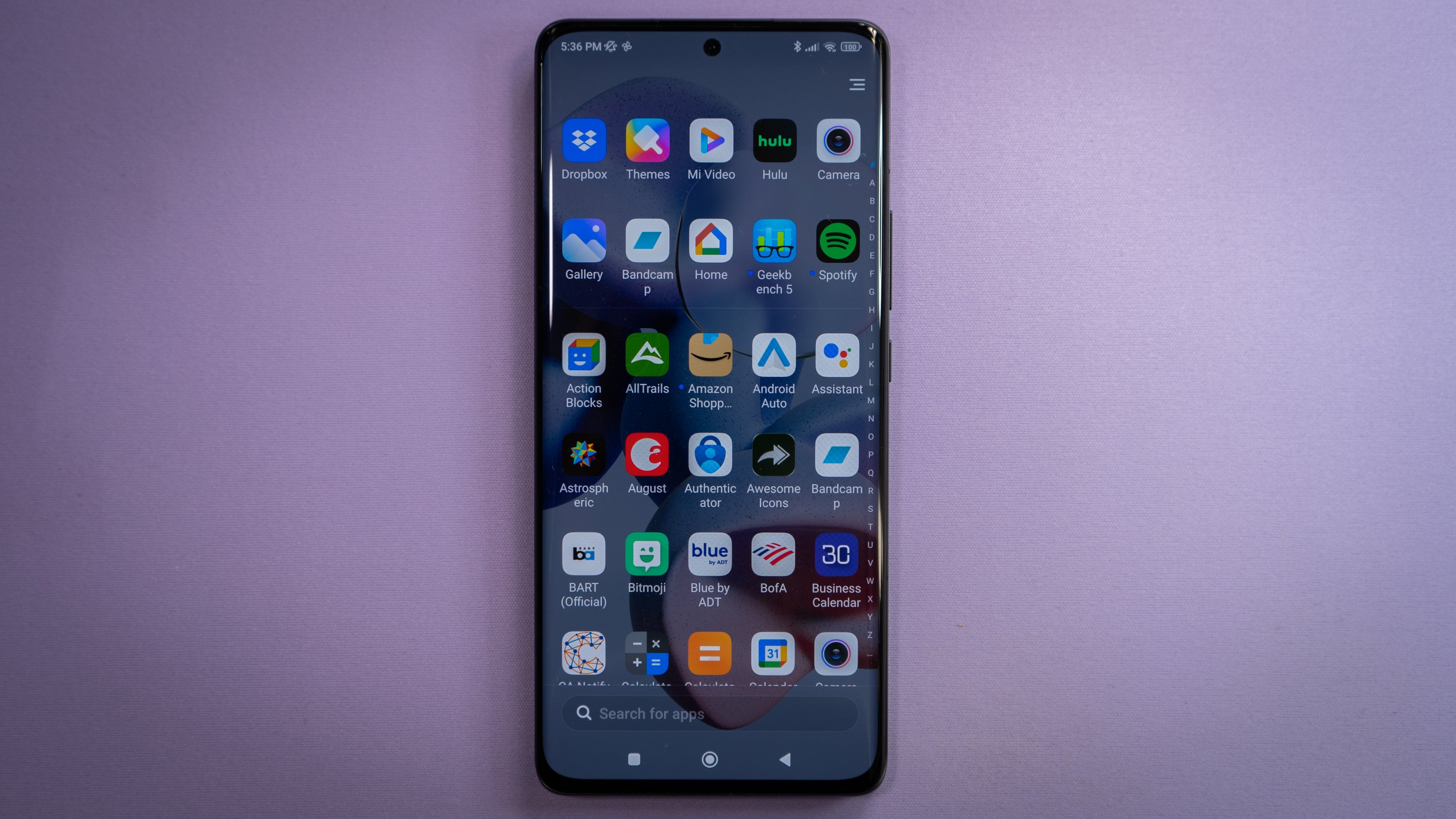
Sincerely, one of the annoying parts of being an Android user is that every smartphone tends to offer a different experience. The interface often varies between manufacturers.
In Xiaomi’s case, the 12 Pro runs MIUI 13 on top of Android 12. It offers many of the same features as the Pixel lineup, including scheduled dark mode, gesture control, and Digital Wellbeing. Supposedly this version of its interface is more bloat-free than previous versions, but the bulbous iconography certainly leads you to think otherwise. You can change the icons directly through the MIUI launcher, which is nice considering Google’s Pixel launcher doesn’t give you that kind of customisation, even with Material You.
MIUI has many of the same features baked into Google’s Android, including privacy controls, a security advisor, and Google Play Protect. However, you will have to deal with Xiaomi’s version of the Play Protect-like app scanning service on top of that, which is what it uses for its Chinese devices. Xiaomi doesn’t have the best track record for software updates, either, though the review unit I have in hand is on the same November security patch as my OnePlus 9.
There are other parts of MIUI that I’m hesitant to adopt. The Quick Settings drawer, for example, lives separately from the notifications panel. It’s fussy at times, and I prefer the bloated way that Android 12 has always done because that’s what I’ve trained my brain to work around. MIUI also offers Themes that are not as fun or branded as the one Samsung offers on its One UI.
Anyway, none of that matters. Unless they go through the trouble and expense of importing a 12 Pro, most people reading this won’t ever touch one. And that’s a damn shame because I’m ready to use anything that isn’t made by Samsung or Google.
